This is part of a series of strategy posts.
Once all strategy posts are up, they will be linked together. Initially there will be placeholders for links - Marked “(Link)”. This is because all posts need to be published to be able to interlink them. Please check back later for complete interlinking.
The original series of posts will contain 15 strategies. All of them time tested and ones I’ve personally used to make a living in markets for over 10 years. These will all be free. Multiple additional posts will be added for paid members. Discussing advanced strategy, nuances and covering the common questions we’d expect about the strats.
The strategies come with a write up explaining the theory and steps of the strategy and they also come with a 8 - 10 step trade execution plan talking through specifically how the setup is planned and traded. These are done for both bullish and bearish setups and can be printed off for a trade checklist.
Strategy Name:
- 76 Reversal Strategy
Strategy Type:
- Trend correction and continuation
Strategy Premise Overview:
- The strategy bets on the recurring tendency for 76% retracements of the last big impulse leg to mark the end of correction in a zigzagging trend.
- The strategy looks to pick up entries into optimal areas on retracements.
-When a 76% retracement is successful, new highs or lows are made.
Conditions for Use:
- Best used in trending conditions. It can have a strong win rate, exceptional entries, and high risk-reward ratios (RR) in trending conditions.
- Not good in ranges, where the expected outcome is random (even negative).
- Strategy can work very well when combined with other trend models, such as Elliot Wave (Link).
Planning Entries:
- Draw retracement Fibonacci levels from the high to low (bull) or low to high (bear) of a major price swing
.
- Enter long or short close to the 76% Fibonacci level. This can be done via a pending limit order.
-Be patient with entries. It is very common to see various false reversals. Limit orders can frequently near miss, appear to reverse and then fill later. The cost of taking worse entries when limits appear to miss but fill later will overall usually be higher than the cost of missing limit entries when reversals come a little earlier.
-Limit orders remain valid as long as we do not break under the 50% fib. Breaking under there often means something else is happening and invalidates the setup we’re looking for. If placing limit orders, set price alerts under 50% fib to tell you when the limit order has to be deleted.
Planning Stops:
- Tight stops go behind the 86% Fibonacci level. In a strong trend, the 76% level will usually not break. The 86% level hitting makes the trend questionable and most of the time (Approx 75/25) when the 86% is broken the trend will fail.
- Wide stops go above the last high or below the last low. This strategy is betting on price holding inside of a retracement of the last leg. It breaks above or below that signals clear failure of the strategy and this is the line in the sand stop loss.
- Wider stops will get wicked out less often but have much lower RR. Which of these is preferable depends on the individual. Their goals and attitudes as a trader. In my experience, the higher RR compensates for the lower win rate. If I had to pick one method over the other, I’d use the tight stops (Although I typically split my stops between the two levels to get a balance).
Planning Targets:
- Retesting the last high or low always gives a 1:3 RR. This is simple and repeatable math which will be consistent no matter what is being traded or how big the price swing is. If you risk 25% of a swing and target 75% of the swing, this will always be 1:3 RR. Entries close to 76% retracement targeting a retest of the high/low is a static 1:3 RR trade.
- Targets for a breakout can be derived using Fibonacci extensions of the pullback. This is best used in conjunction with other methods, such as larger timeframes, Elliott wave analysis (Link) or other methods of determining the next major support and resistance levels.
Typical Win Path:
-Quick Movement into Entry Area: Price usually moves very quickly into the entry area
.
-Wick Candle Formation: There is typically some sort of wick candle around the 76% Fibonacci level.
-Engulfing Bars Reversal: Reversals often have engulfing bars, indicating strong rejection of the 76% level.
-61% Fibonacci Level Hold: Breaking the 61% Fibonacci level usually holds on the retest, confirming the reversal.
-Strengthening at 50% Fibonacci Level: The move strengthens when breaking the 50% Fibonacci level, signalling a robust continuation of the trend.
-Higher Highs and Lows Formation: For bullish trades, higher highs and higher lows develop; for bearish trades, lower lows and lower highs form.
-Reaching the First Target: Price typically moves towards retesting the last high or low, achieving the first target with a 1:3 RR.
-Extension Targets: Upon retesting the high/low, price may continue towards Fibonacci extension levels, providing further profit opportunities.
Typical Lose Path:
- Sometimes, the price slams right through the 76% Fibonacci level with a strong move to the 86% level.
- False start signals most often will end by the 61% or 50% Fibonacci levels.
-Usually there’ll be some sort of correction off the 86% retracement but more often than not if an 86% retracement is broken the 76, 61 or 50% fibs will hold as resistance/support.
Why Strategy is Expected to be Successful:
- The strategy can trade with a 1:3 - 1:5 RR routinely, which means a win rate of 35% can break even.
- Reversals close to the 76% Fibonacci level can be very precise.
- Failure conditions of a 76% reversal are both simple to implement and offer small stop zones.
- Trends coming out of 76% retracements can be strong and smooth. Offering some of the most lucrative and stress free trades.
Known Risks and Weaknesses:
- This strategy has to buy during crash action and short during parabolic action, which won’t always win. The strategy expects to see a lot of momentum into the 76% level when a reversal is coming. The problem with this is it means you’re always betting into strong moves. It will generate losses and may be psychologically uncomfortable.
- The failure rate when trading against the trend can be high, around 70%. When using this strategy to try to trade a reversal in a trend multiple false signals can occur. Any time we have a pullback in a trend and then it continues again, it will have to go strong into the 76% area - generating consistent false signals if the market persistently trends against you (Note - if this is happening you can usually get all your money back just flipping the fibs and trading the 76s on the other side).
Trade Execution Plans
Bullish Execution Plan for the 76 Reversal Strategy:
Step 1: Market Analysis
- Identify a trending market with clear impulse and corrective waves.
- Confirm the trend direction (uptrend) by analyzing higher highs and higher lows.
Step 2: Draw Fibonacci Levels
- Identify the most recent significant swing low to swing high.
- Draw Fibonacci retracement levels from the swing low to swing high.
Step 3: Set Entry Orders
- Place a pending limit buy order near the 76% Fibonacci retracement level.
- Ensure the entry level aligns with potential support and previous price reactions.
Step 4: Confirmation and Patience
- Monitor the price action as it approaches the 76% Fibonacci level.
- Look for reversal signals such as wick candles, engulfing bars, or bullish candlestick patterns.
- Be patient with entries; wait for a clear rejection and reversal confirmation around the 76% level.
Step 5: Place Stop Loss
- Set a tight stop loss slightly below the 86% Fibonacci retracement level.
- Alternatively, for a wider stop, place it below the last significant swing low.
Step 6: Manage Trade
- As the price reverses, monitor the move towards the 61% and 50% Fibonacci levels.
- Ensure these levels hold on retests to confirm the strength of the reversal.
Step 7: Set Targets
- The initial target is the retest of the previous swing high, providing a 1:3 RR.
- For additional targets, use Fibonacci extensions from the pullback to project potential breakout levels.
Step 8: Monitor and Adjust
- Trail stops below higher lows as the price moves in favor.
Bearish Execution Plan for the 76 Reversal Strategy:
Step 1: Market Analysis
- Identify a trending market with clear impulse and corrective waves.
- Confirm the trend direction (downtrend) by analyzing lower lows and lower highs.
Step 2: Draw Fibonacci Levels
- Identify the most recent significant swing high to swing low.
- Draw Fibonacci retracement levels from the swing high to swing low.
Step 3: Set Entry Orders
- Place a pending limit sell order near the 76% Fibonacci retracement level.
- Ensure the entry level aligns with potential resistance and previous price reactions.
Step 4: Confirmation and Patience
- Monitor the price action as it approaches the 76% Fibonacci level.
- Look for reversal signals such as wick candles, engulfing bars, or bearish candlestick patterns.
- Be patient with entries; wait for a clear rejection and reversal confirmation around the 76% level.
Step 5: Place Stop Loss
- Set a tight stop loss slightly above the 86% Fibonacci retracement level.
- Alternatively, for a wider stop, place it above the last significant swing high.
Step 6: Manage Trade
- As the price reverses, monitor the move towards the 61% and 50% Fibonacci levels.
- Ensure these levels hold on retests to confirm the strength of the reversal.
Step 7: Set Targets
- The initial target is the retest of the previous swing low, providing a 1:3 RR.
- For additional targets, use Fibonacci extensions from the pullback to project potential breakout levels.
Step 8: Monitor and Adjust
- Trail stops above lower highs as the price moves in favour.









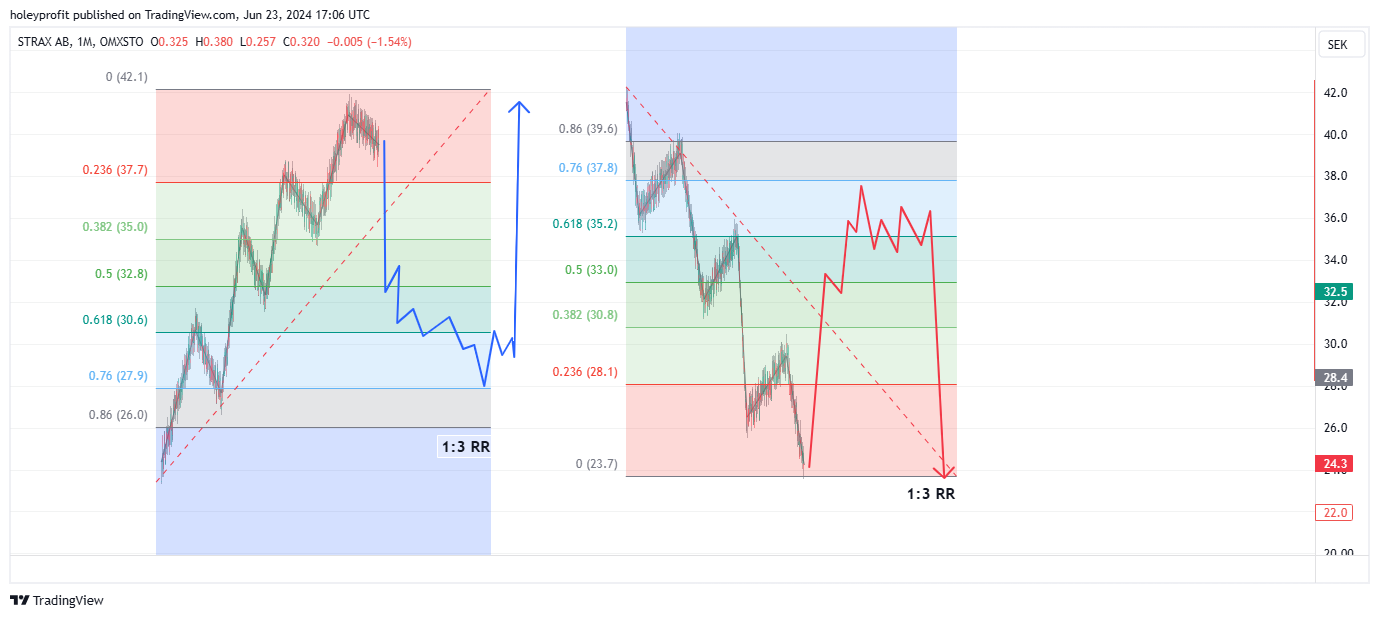



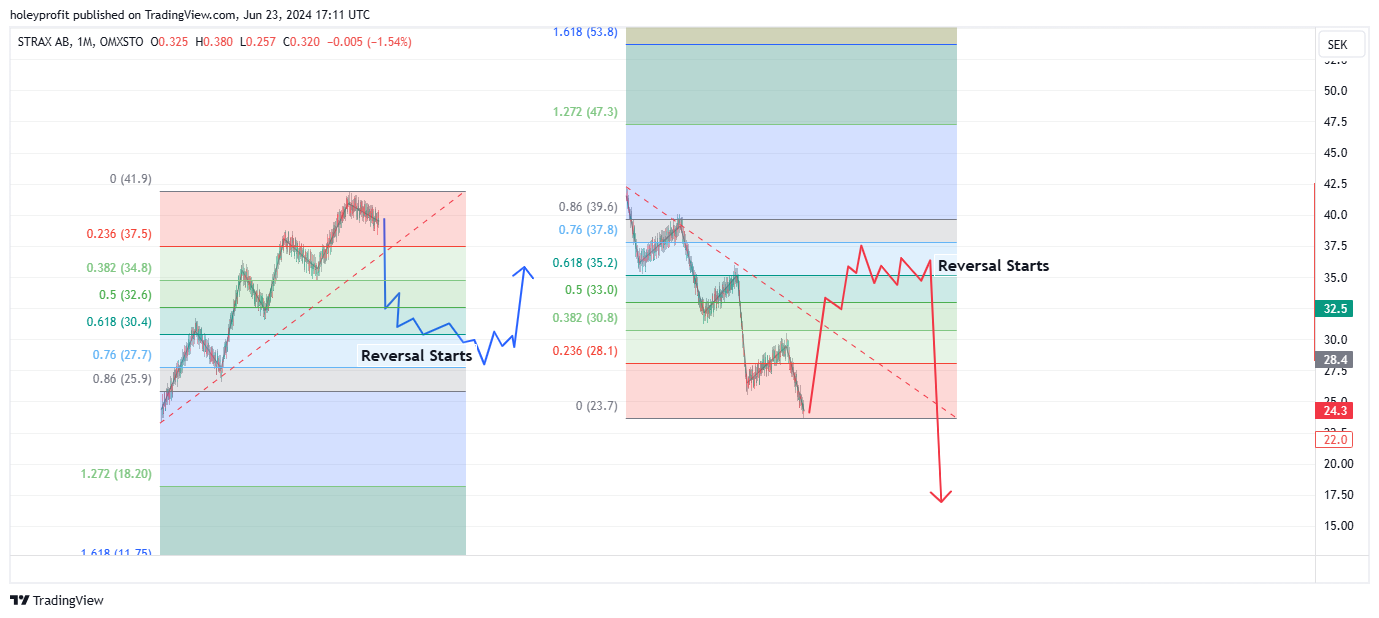
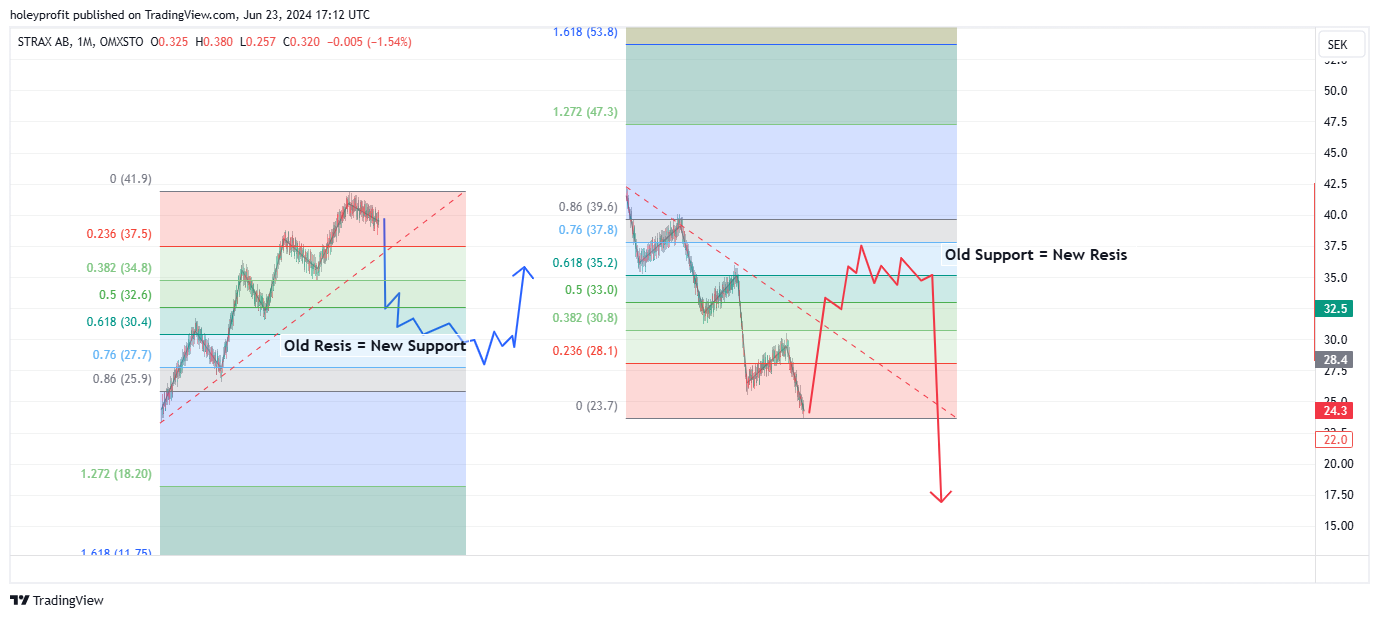





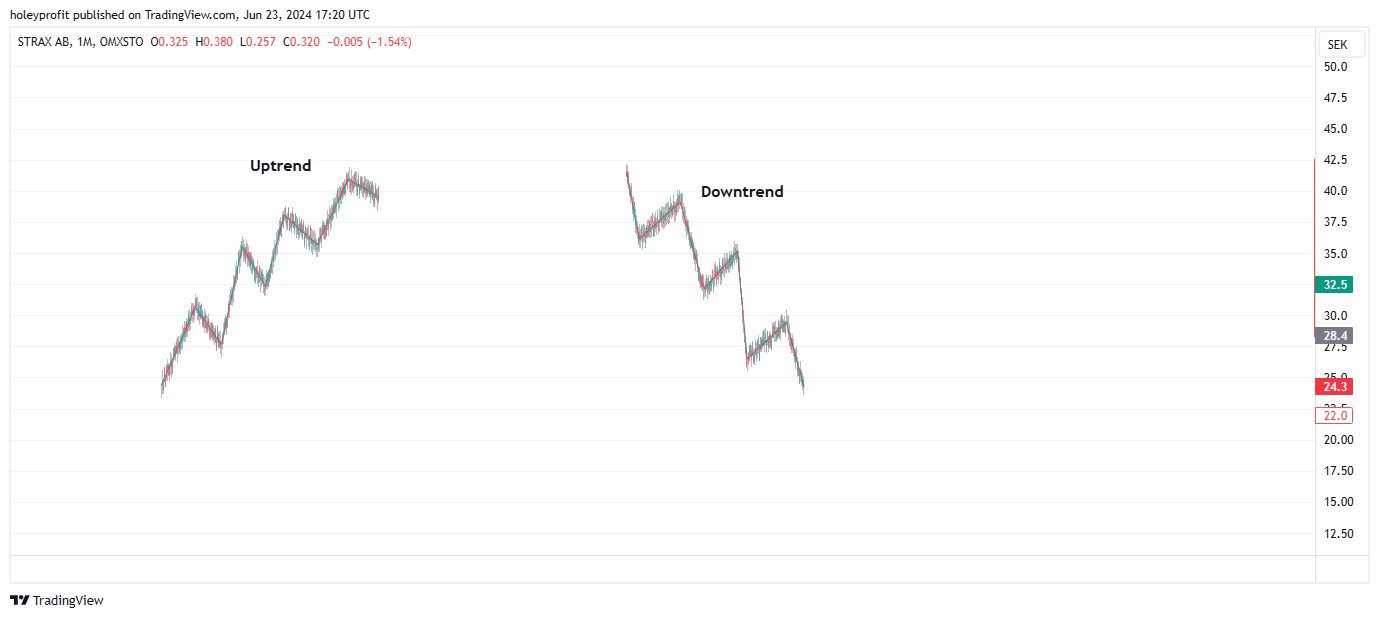

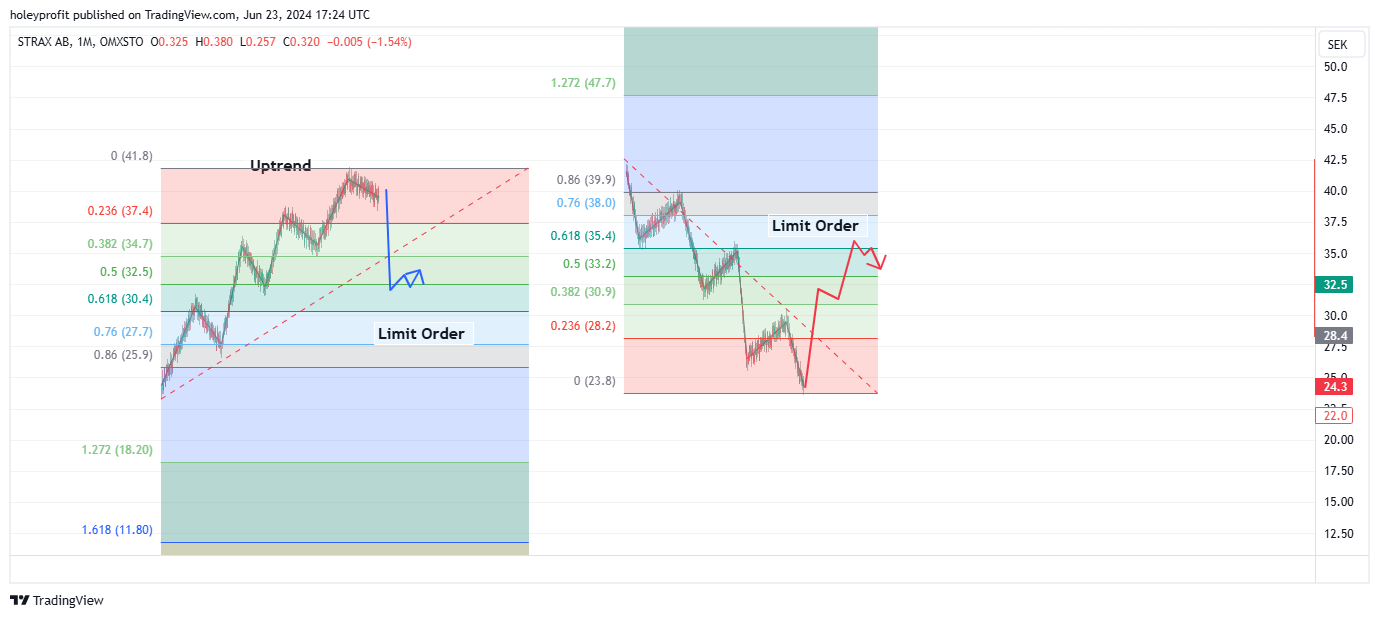
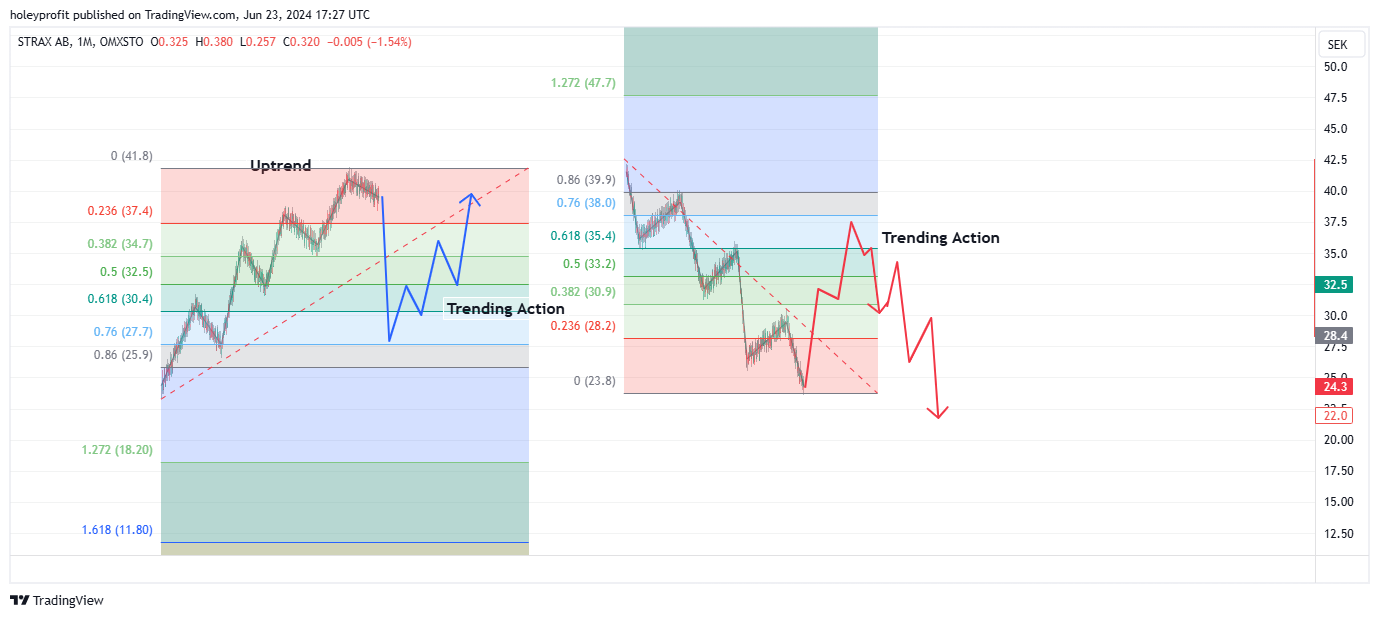
"Limit orders remain valid as long as we do not break under the 50% fib. Breaking under there often means something else is happening and invalidates the setup we’re looking for. If placing limit orders, set price alerts under 50% fib to tell you when the limit order has to be deleted. "
To be clear, when setting up for a long entry, you mean it breaks 0.5 fib and then moves back up over the 0.5 without hitting the 76 first? Have i got that right